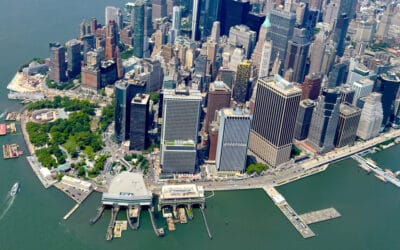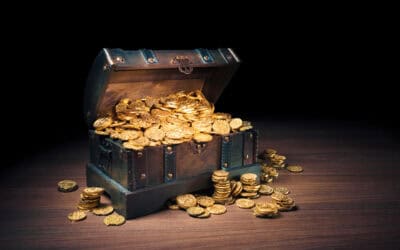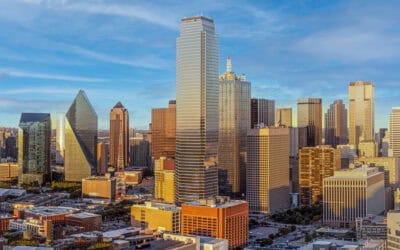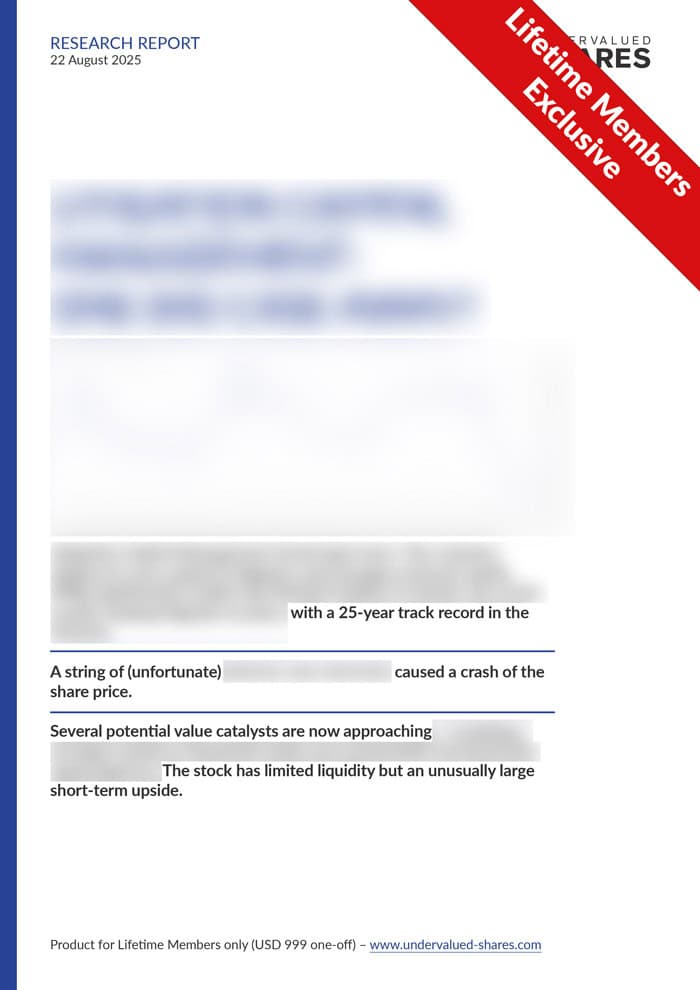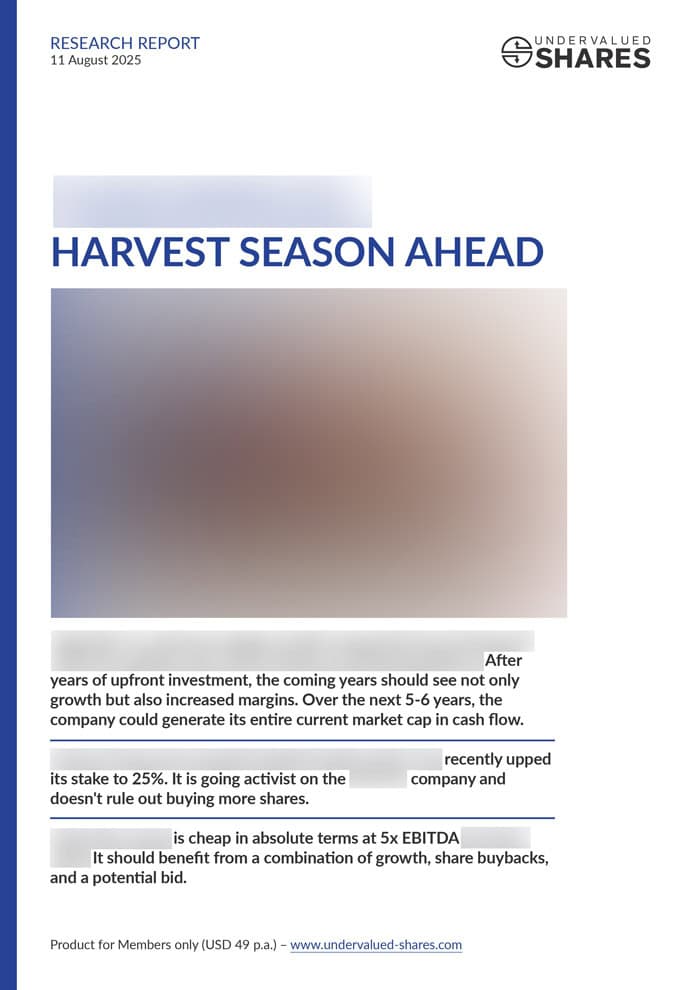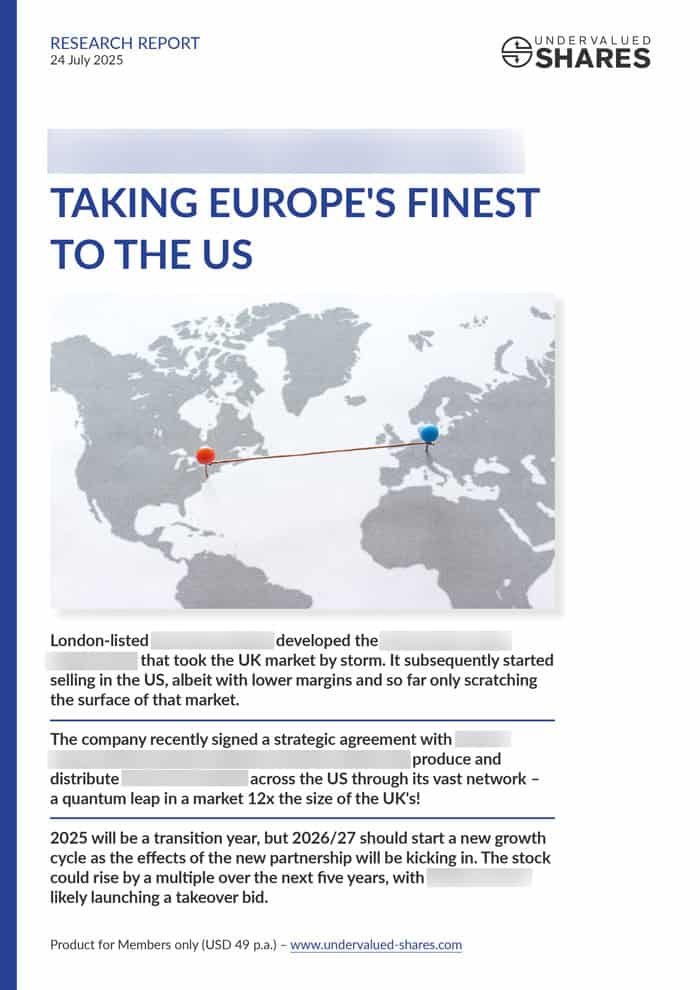Seaport Entertainment Group is a NYSE-listed play on the revival of New York’s southern tip. I visited the neighbourhood to evaluate the opportunity.
Xmas in Argentina, and a worthy target for a break-up
Every other year, I pick an interesting spot somewhere in the world where I spend Christmas. More often than not, it turns out I happen to know someone there, and I get an invite to celebrate Xmas with them without even asking for it. It’s great having friends around the world, not the least because you also end up learning lots when spending time with locals.
This year, I’ll be eating Xmas dinner somewhere in the agriculture belt of Argentina.
To get away from the European winter, I have long planned to camp out in Buenos Aires for four weeks stretching from December 2018 into early January 2019. After I made my plans public, I found myself getting a lovely invite from friends whose family, as it happens, are involved in the Argentinean agricultural industry.
Ideal, given that I also planned my visit to the country because of my ongoing interest in farmland prices, the agricultural industry, and how to make money off the big questions that humanity is facing.
Why did I want to study this particular issue in remote Argentina of all places?
Quite simply, this country has forever been renowned for its productive agricultural industry, and what used to be extremely low farmland prices.
“Buy land, they are not making it anymore.”
Over the past 20 years, I have heard countless variations of Mark Twain’s old quote about the wisdom of investing in land.
It usually goes like this:
- “The UN predicts the global population to increase to nine billion by 2050.”
- “The Chinese eating more beef and other changes in global dietary behavior will increase world food demand by 60% over the next 30 years.”
- “Countries where you can still buy agricultural land at a fraction of what it costs in Europe or the US, will see the price for their farmland catch up with the rest of the developed world.”
Indeed, in Argentina, this logic did translate into a tremendously profitable revaluation of farmland.
Back in 2003, you could have bought a hectare of cattle grazing land in Argentina for $300. Fast forward to 2012 and prices had shot up to $3,500; a nearly 12-fold increase in just a decade.
Farmland that is suitable for planting crop also did well. During the same period, its price went from $3,000 per hectare to around $15,000.
Prices have since leveled off by about 20%. But you could have done a lot worse than buying Argentinean farmland around the turn of this century!
You didn’t need to become a farmer in South America to get in on this
Handily, for almost any investment topic known to man, somewhere in the world there is a publicly listed company or mutual fund that gives you exposure to this theme without actually having to go to the country yourself. You only need to call your bank or broker and instruct them to “Buy” and “Sell”; or, more likely, you do that online.
This holds true for Argentinian farmland, too.
Enter CRESUD, the oldest, biggest and best-known Argentinean farmland holding.
It’s the company that owns farmland about twice the size of Luxembourg (or 100 times the size of Manhattan), and that’s just what it owns in Argentina. It also owns swathes of farmland in Brazil, Paraguay, Uruguay, and Bolivia.
Ironically, had you bought into the single best-known and easiest-to-access Argentinean farmland company traded on a stock exchange, all of the increase in value I mentioned above would have bypassed you entirely.
CRESUD managed to produce zero return for investors despite spiraling farmland values.
Whether you go back 10, 20 or 30 years, this company returned nil, nada, zilch!
You couldn’t make this up…
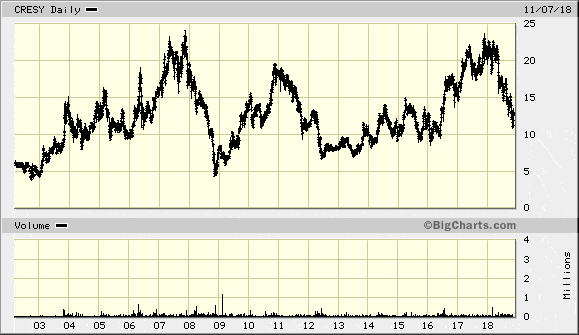
This share price has gone nowhere during the past 10, 20 and 30 years
No. 1 for land holding, ranked last for performance
For as long as I can remember, at any given time, there was always someone in the investment media who was promoting CRESUD as the ultimate bet on Argentinean farmland prices.
It was a fairly straightforward story to fall for:
- The company owns 555,000 hectares of farmland in Argentina, both for cattle and for crop. Elsewhere in Latin America, it holds another 200,000 hectares.
- It was established in 1936 and became recognized as one of the most experienced operators in the South American agricultural industry.
- Its share has been listed on Nasdaq since 1997, making it very easy to buy and sell and requiring the company to report under US listing rules.
What could possibly go wrong?
Little did investors know about the immense talent of Argentineans to get their knickers in a twist when it comes to managing finances.
Hubris mixed with debt
You may have come across the old joke: “How does an Argentinean man commit suicide?”
Answer: “He climbs on top of his ego and jumps down.”
Turns out the success of the farmland holdings went into the CRESUD managers’ heads, and they set out to conquer the world – literally!
Using the success they've had with their farmland holdings, the CRESUD managers went on to build up a portfolio that includes (among other things):
- Office buildings and shopping malls in Buenos Aires.
- A luxury hotel in Patagonia.
- A mortgage bank, which in turn owns another bank.
- A skyscraper in New York (the “Lipstick” building).
- Israel’s biggest supermarket chain.
- An aviation business.
- Tourism operations.
- Companies in insurance, telecommunications, electronics, chemicals, and too many other areas to list them all.
At one point, the company even set out to take over a British company that is the biggest private landowner in the Falkland Islands. Imagine that: One Argentinean company, reliving the Falkland War of 1982 and winning it through the power of corporate take-overs!
Probably luckily for CRESUD shareholders, the British government intervened and blocked the bid before it even happened. That was one added level of complexity that CRESUD shareholders were spared from.
Despite a day’s worth of reading about CRESUD, I have yet to understand how exactly the company funded all these acquisitions and just how high the debt-load is that the management has piled up.
So complex is the entire corporate structure, that in 2015 rumors started flying around about the US Securities and Exchange Commission investigating the financial reporting of CRESUD’s principal subsidiary, IRSA - a company that in turn is listed on the New York Stock Exchange (NYSE). The rumors turned out to be unsubstantiated, but the market’s receptiveness for them spoke volumes. CRESUD’s debt-fueled acquisition spree through a far-flung network of subsidiaries looks like a house of cards to anyone who takes an impartial look at it.
Instead of reaping the rewards from its burgeoning agriculture business and the increasing farmland valuations, CRESUD shareholders ended up with an incomprehensible hotchpotch of activities that is heaving under a mountain of debt.
Welcome to Argentina!
Nothing short of a break-up will do
I doubt shareholders of CRESUD will see much of a return until the company is broken back down into smaller, more manageable pieces.
That, however, could lead to a mightily exciting situation.
Valuing this company is very difficult, but not entirely impossible. It’s aided by the fact that no less than nine of CRESUD’s subsidiaries are themselves listed on a stock market somewhere in the world. For starters, the stakes in these businesses can be valued based on their share price, and there are separate annual reports available for these companies.
CRESUD’s market capitalization is currently a paltry $650m (50m outstanding shares and share price of $13). It’s 64% stake in IRSA, the NYSE-listed commercial property company, is already worth about that much. Obviously, there is a mountain of debt to be repaid. Still, CRESUD controls many billions worth of assets, and its own value is now down to that of a small, remaining rump.
If the company was broken up, there could be a lot of value hidden inside it. The stock price could be in for a tinderbox reaction if a break-up were announced.
Whether that theory holds true and what the exact numbers are, currently no one really knows. At least not yet.
Attempts to value the group have been undertaken, and one credible effort yielded the company possibly being worth 3-4 times its current price. However, that was before Argentina itself descended into yet another one of its existential, debt-fueled crises. As of now, interest rates in the country are a mind-boggling 60% p.a.; the Argentinean Peso has lost 92% of its value over the past ten years (which makes the Peso-denominated chart of CRESUD look like the share price is only going up and up – very misleading!), and the political turmoil of the last few years included a quasi-expropriation of a publicly listed oil company, YPF. How all this affects the future earnings and the intrinsic value of CRESUD’s businesses in Argentina and its vast land holdings, only the gods know.
If you haven’t noticed yet, this has not been a good time to be a shareholder of CRESUD or to hold other assets in Argentina.
The night is darkest just before dawn
One day, though, this is going to turn around again.
There are all sorts of scenarios that could work to the benefit of the company’s shareholders. For example:
- Argentina might get a capable leader. I am old enough to remember how Carlos Menem, at least temporarily, put the country onto the right track in the early 1990s.
- CRESUD might decide to break itself up, or outside forces could lead to the management conceding that the current structure isn’t to anyone’s benefit anymore and requires a radical overhaul.
- Argentinean farmland prices could increase yet further. The long-term increase in demand for food isn’t going to go away. The world population looks well on the way to eventually reaching nine billion, maybe ten. Fertile Latin American land is going to benefit.
Judging on its share price performance, CRESUD currently looks like it’s all bone and no meat.
But that doesn’t need to stay like that forever.
Its principal shareholder, Eduardo Elsztain, is a wheeler and dealer who once won the backing of no lesser investor than George Soros. Elsztain did get the company into a bit of a muddle, but he should also be the man to lead it out of its quagmire.
I, for once, will be keeping my ears on the ground when I'm in Argentina. Doing a bit of local research and speaking to people who are close to the action is still the best way to develop a gut-feeling for change that might be in the air.
If you’d like to know how all this continues, check back to this column in January 2019 (or earlier if you enjoy following me around the globe as I poke my nose into other peoples’ investment affairs in my quest to find worthwhile, undervalued investments).
Best regards
Swen Lorenz
Undervalued-Shares.com
Did you find this article useful and enjoyable? If you want to read my next articles right when they come out, please sign up to my email list.
Share this post:
